REUNIFICATION AND TWELVE INNOVATIVE R&D STUDIOS
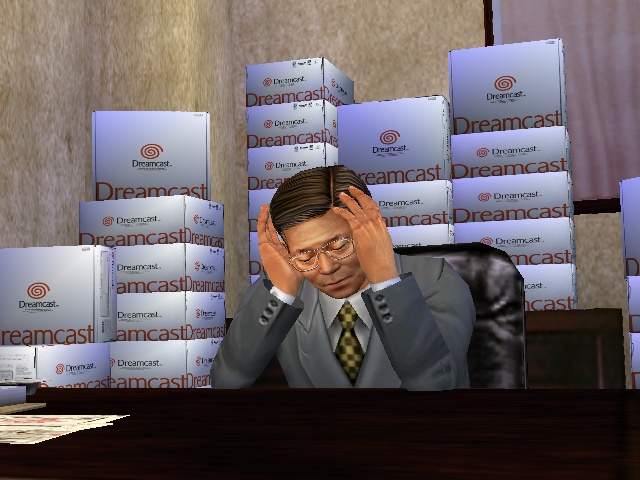
Playing up an executive managing director and joking about the state of the Dreamcast at the time, says a lot about Sega’s attitude at the time.
In Part 2 we covered Sega’s golden age, but great heights inevitably can bring great lows. Sega had lots of up and downs throughout their history. They also had great games, lots of them! But ultimately Sega did not make that much money from the Saturn. However, in the arcades they did absolute gangbusters. Sega needed to change their approach in regards to development and also their hardware. The solution was to make the Dreamcast and NAOMI arcade hardware the same and have all of the internal studios make games for it,in turn allowing them further grow and prosper. Twelve R&D studios in total were established, and the nine software studios were not split into arcade and console divisions – they made games for everything. Hisashi Suzuki and Yu Suzuki would manage the arcade business, with Hisashi putting in his final stretch at Sega before retirement.
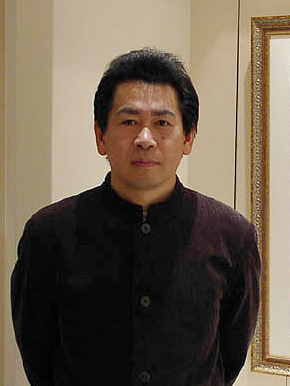
Left: As Deputy General Manager of Amusement R&D, Suzuki was at the highest of Sega’s executive structure at this point.
The console stuff was managed by Hideki Sato and Hidekazu Yukawa (who Sega parodied frequently in Dreamcast launch ads, even going so far as to give him his own game which was tied to a contest). Sato completed his Dreamcast/NAOMI hardware in collaboration with not only hardware designers, but also the top software developers of the company such as Yuji Naka and Yu Suzuki. Since then, he has seemingly left hardware development and became COO of the company reporting to the Chairman and CEOs of Sega Japan.
R&D management had a reset, with a lot of managers of producers retiring from Sega, and letting others step up the plate. Longtime head of Sega R&D, Yoji Ishii, was among those who left Sega, along with several of managers and producers mentioned in Part 2. Many have since been affiliated with Artoon, Cavia and Land Ho. You can see which people stayed and which departed through the description of each of the twelve R&D studios of this era, and you can follow their journies through supporting the Dreamcast and then becoming a platform agnostic publisher. Let’s begin.
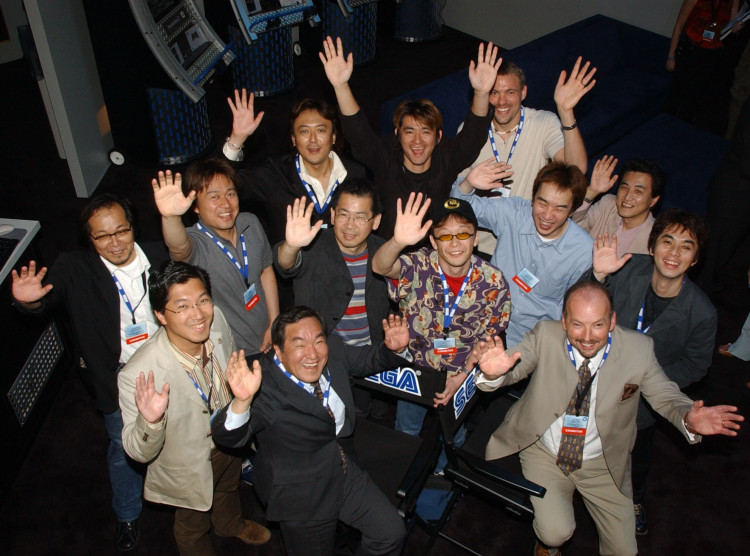
The nine Japanese game software dev team heads, along with the head of Visual Concepts which was Sega’s major western studio at the time. Also in the picture, Sega’s Japan executive Sato, and American president Peter Moore. All ready for success.
THE STUDIOS
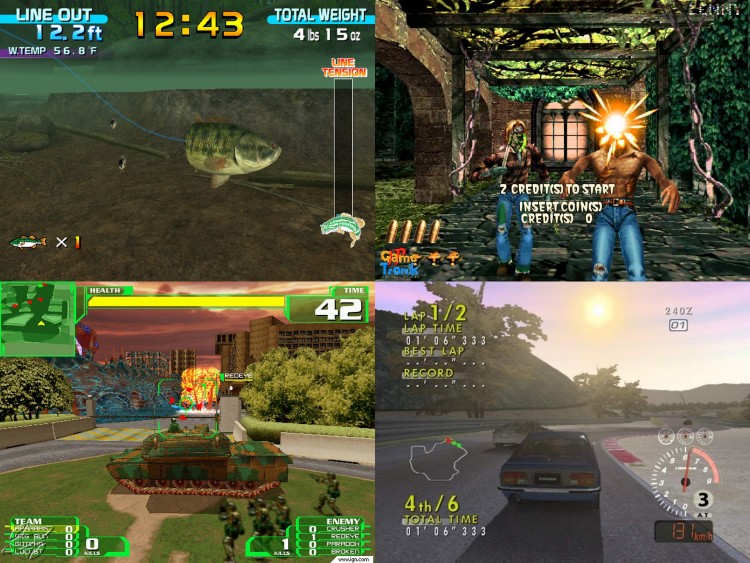
When WOW branched out from the arcade environment, they tried many things, but untimately only The House of the Dead and Sega Bass Fishing stuck out
R&D1, which was AM1, became WOW Entertainment and you can see their output thoroughly here as well as in the SEGAbits developer article here. Headed once again by Rikiya Nakagawa, the team’s staff and main purpose of being arcade heavy woudn’t change them that much. However, Sega Bass Fishing would become their biggest hit since The House of the Dead. Makoto Uchida would direct his last game, Alien Front Online, and then go to China in 2002 to establish and manage a division that provides development support for a variety of Sega titles (which he still does to this day). The last arcade release was 2002 with The House of the Dead III. Following the discontinuation of the Dreamcast, WOW became home console focused with the likes of Sega GT, Gameboy Advance efforts, Blood Will Tell in 2004 and also the 2005 Altered Beast reboot. Kazunari Tsukamoto, mentioned in Part 2, would continue to do mainly managerial roles.
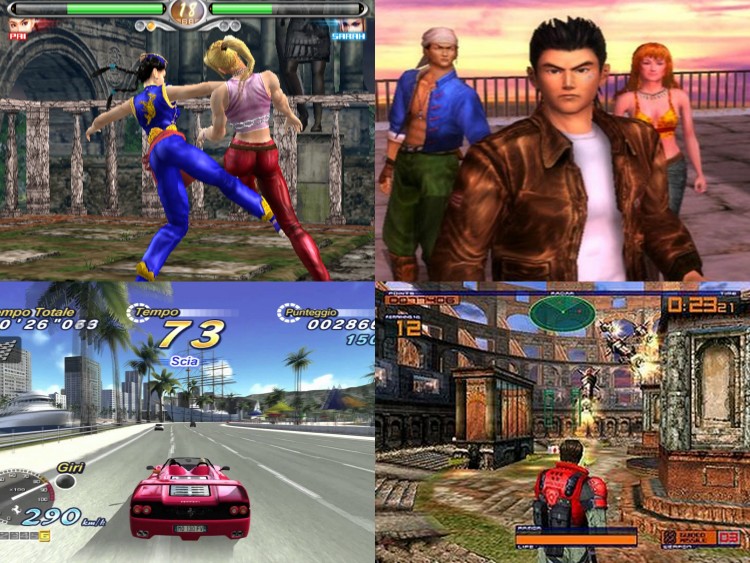
AM2 certainly had a 2 splitted tenure. On one hand Suzuki’s pioneering Shenmue was an expensive company project that did not make it’s money back. However. the high tech internet enabled Virtua Fighter 4 in Japanese arcades boosted Sega back into the black in 2003.
R&D2 is of course SEGA-AM2. Hiroshi Kataoka and Makoto Osaki, previously directors in game development, took up the management duties along with Yu Suzuki, all working on their projects – with Suzuki obsvously busy on his long term Shenmue projects. Makoto Osaki would direct the cancelled but fully completed Propeller Arena, OutRun 2 and then Virtua Quest. Hiroshi Kataoka’s major project would be Virtua Fighter 4 – taking a different approach than Suzuki, who has been responsible for games 1-3. Introducing internet functionality with the fourth game prompted SEGA-AM2 to make more online arcade games such as a Mahjong game and action role playing game Quest of D.
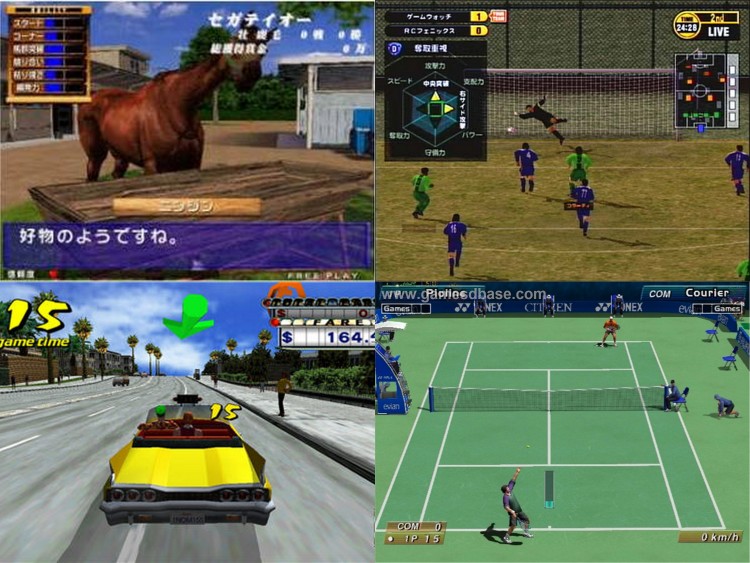
From Crazy Taxi and Virtua Tennis on Dreamcast and other consoles to the arcade games Derby Owners Club and WCCF, Hitmaker certainly delivered many successful games
R&D3 was AM3, which became Hitmaker, was again headed by Oguchi. Oguchi’s pet project Derby Owners Club was released in 1999. A horse raising/racing game, it was the first of many large-scale social arcade games that would become very successful for Sega. Oddly enough, Oguchi was also the one giving the greenlight to the crazy Segagaga project – an RPG in which you run Sega and battle a Sony-like corporation. World Club Champion Football (WCCF for short) was a soccer game of the social arcade game type, and was produced by Junichi Tsuchiya who I mentioned in Part 1. Tsuchiya was also one of the production members of Shenmue. Kenji Kanno and Mie Kumagai were promoted to managerial roles. Virtua Tennis, by Mie Kumagai, and Crazy Taxi, by Kenji Kanno, would become sentimental games for Hitmaker as they earned worldwide popularity on the Dreamcast. After those games, however, they would return to arcade development with Kenji Kanno working on Crackin DJ, Sega’s first music arcade game, and Mie Kumagai working on The Key of Avalon, the first large-scale social arcade game not related to sports. Most recently, Kanno served as an advisor to Sega’s Hardlight Studio in the development of Crazy Taxi: City Rush. Hitmaker also had a couple of publishing projects with the only involvement being that of a producer role, these games included Segagaga, Astro Boy: Omega Factor and Amazing Island.
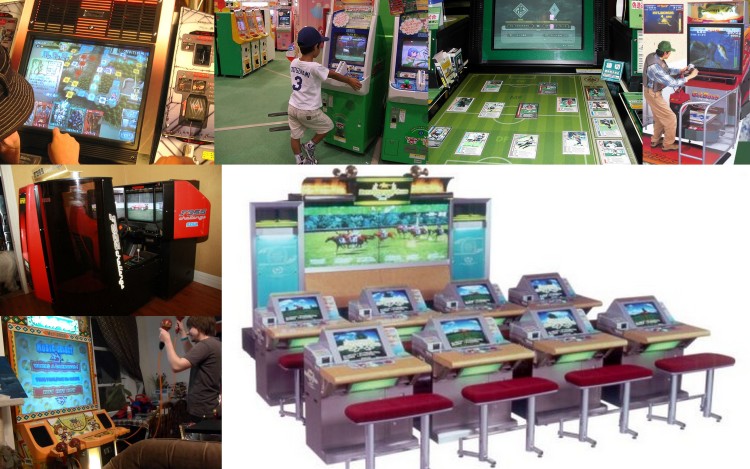
Motion controlled fishing poles, maracas, and big simulation cabinets (such as a driving school simulator – another non-game venture from Sega) were a trademark of Sega’s arcade manufacturing at the time. However, in the Japanese market card generating machines for general audiences to children, big multiplayer set-ups, touch screens and internet infrastructure would set the groundwork for moneymaking arcade games for many years to come
R&D4 was AM4 and became Sega Mechatronics and did the same stuff mentioned in Part 2, so nothing new here. R&D5 is a curiuos one, because the medium scale attraction from AM5 dried out. However, this became the “New Business Division” in 2001 and was managed by Hiroshi Uemera who worked on theme park related projects since 1989. The division released a kids arcade game in 2003, Mushiking, a combination arcade game and collectible card game. Such a concept was the first of its kind and would prove to be so much of a hit, that many imitators would follow in Mushiking‘s footsteps.
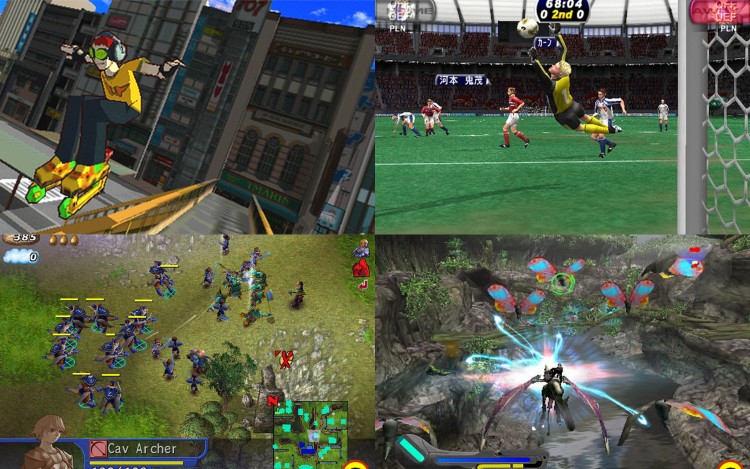
Despite departures from a lot of the old CS1 staff, Smilebit arguably trumped them. Each of their console games were definitely Sega in style, however they did archive much commerical success. The continuously successful sports sims in Japan were made to offset that, but it didn’t work out.
R&D6 was CS1 and became Smilebit. Like CS1, it had the hardcore high end games, sports games, and also mixed in staff from the PC division – mentioned in Part 2. Experienced PC staff meant that getting high performance games on the original Xbox, following the discontinuation of the Dreamcast, was easy. Smilebit was headed by the same person who headed the PC division, Shun Arai, also mentioned in Part 2. Arai had an Assistant President named Takayuki Kawagoe who became President in 2003 after Shun Arai was reassigned to a technology division (it is unknown if he is still at Sega or not). Kawagoe joined the company in 1992 and was involved in the production and planning unit for games released in Japan for every major Sega console.
Director Masayoshi Kikuchi, who made the Jet Set Radio games, had a bigger background in game development, starting as a planner for the Panzer Dragoon games. In addition to the popular Jet Set Radio games, the team also made Panzer Dragoon Orta, Hundred Swords and GunValkyrie. Panzer Dragoon Orta was directed by Akihiko Mukiyama, who started in 1993 doing planning for various titles, including leading the battle system for Panzer Dragoon Saga. GunValkyrie was directed by Tadashi Ihouri who is mainly known for directing the Game Gear Sonic the Hedgehog games Sonic The Hedgehog Triple Trouble and Sonic Chaos. The sports sims would go on for quite some time. However after Orta, the Ollie King arcade release by the Jet Set Radio team was seemingly the last game by non-sports staff from Smilebit. A lot of that staff was later relocated to Nagoshi’s R&D11/Amusement Vision. You can learn more about Smilebit in the SEGAbits developer retrospective.
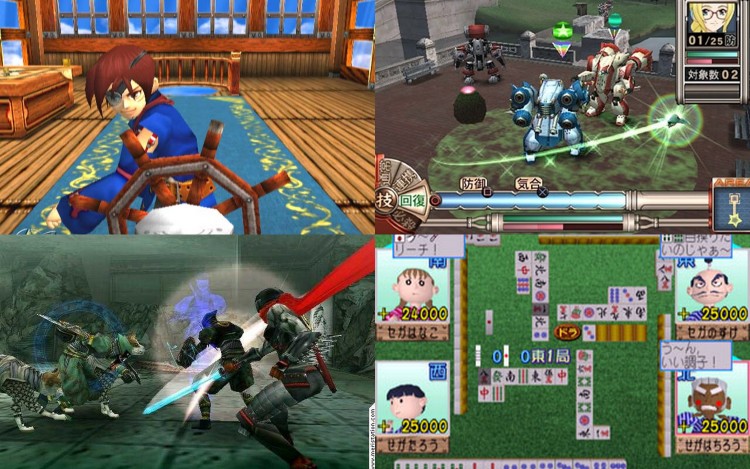
Skies of Arcadia was a brilliant game, however it did not archive success on the Dreamcast or GameCube. Games aimed at the Japanese like Sakura Taisen and Guru Guru Onsen did well on Dreamcast and PS2. 3D action games on PS2 started off well with Shinobi, but with Nightshade sales weren’t as good.
R&D7 was CS2 and became Overworks, again headed by Noriyoshi Ohba. Pretty much the RPG masterminds at Sega, the studio immediately released Skies of Arcadia that was in the works by Rieko Kodama and Atsushi Seimiya since 1998. After Skies, Kodama worked on the 2005 released Altered Beast reboot, and Atsushi Seimiya would take on managerial roles. Masahiro Kumuno was the director of Shinobi and Nightshade, he joined in the early 90s and was involved in the Genesis port of OutRun, Tempo for 32X, but then did CG movie directing work on NiGHTS, Sonic Adventure and Sakura Wars. Other directors included Takaharu Terada, mainly involved in the Sakura Wars series, and Producer Yasuhiro Nishiyama and director Toro Ohara who worked on the board game collection Guru Guru Onsen.
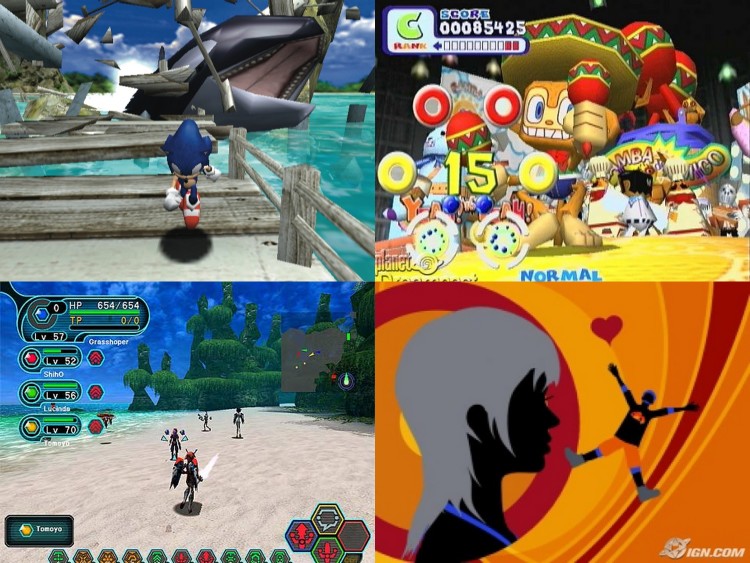
3D Sonic and PSO became a mainstay in Sega’s portfolio, while other quirky efforts are commendable.
R&D8 was Sonic Team. A string of new IPs after Burning Rangers and NiGHTS would continue under Yuji Naka, with several directors and producers under him. Takashi Iizuka, who was designer on Sonic 3 and lead designer on NiGHTS, would direct further 3D Sonic games like Sonic Adventure, Sonic Adventure 2 and Sonic Heroes. Takao Miyoshi joined in 1990 and first worked on the Sega Game Toshukan mini-games. Before his debut as director on Phantasy Star Online, he had design roles for Formula One World Championship: Beyond the Limit, Sonic 3D Blast, Burning Rangers and Sonic Adventure. Shun Nakamura, director on Samba de Amigo and Billy Hatcher, did design work on Sonic R and Sonic Adventure prior. Yojiro Ogawa was a planner on Panzer Dragoon Saga but afterwards has been involved with games at Sonic Team, with his first director role being on Phantasy Star Online Episode III: C.A.R.D Revolution and then having his first produced game Feel the Magic XX/YY.
Akinori Nishiyama, a long time Sega employee, made the Game Boy Advance Sonic games. He joined in 1987 and his most notable contribution was writing and directing the second and fourth Phantasy Star games as well as doing art direction on the fourth, and then he did scenario design work on Magic Knight Rayearth and Sonic Adventure and was the lead for game design and script on Phantasy Star Online. Chu Chu Rocket was a game that was actually a test for internet games before proper development on PSO began. All the above mentioned people contributed to it in some way. Lastly, there were the R&D9/UGA members who moved to Sonic Team after Space Channel 5: Part 2 was completed at United Game Artists. Takashi Yuda made the Puyo Puyo reboot, Puyo Puyo Fever, and Mineko Okamura made the 2004 Astro Boy game.
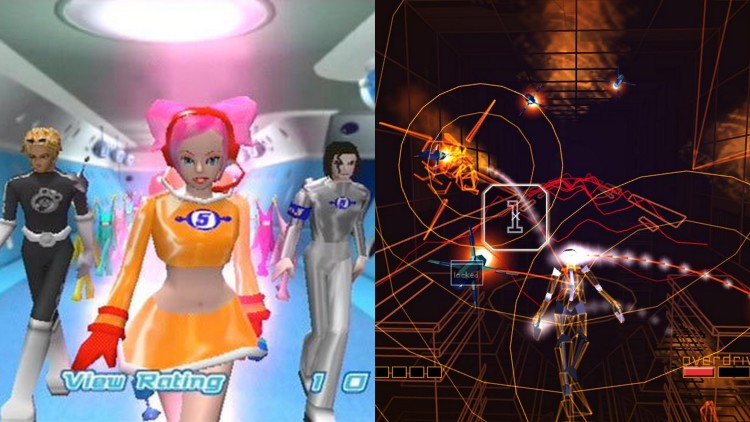
Space Channel 5 and Rez are the culmination of Tetsuya Mizuguchi’s journey through Sega.
R&D9 became United Game Artists, continuing Tetsuya Mizuguchis journey through Sega. After arcade and amusement park development, he took a variety of developers under his wing. For the Space Channel 5 games, he had Takashi Yuda directing. Yuda joined in 1988, and had been involved as an artist for the Disney licensed titles for the Mega Drive, Sonic the Hedgehog 3 and Knuckles Chaotix. For Rez he took former Panzer Dragoon developers.
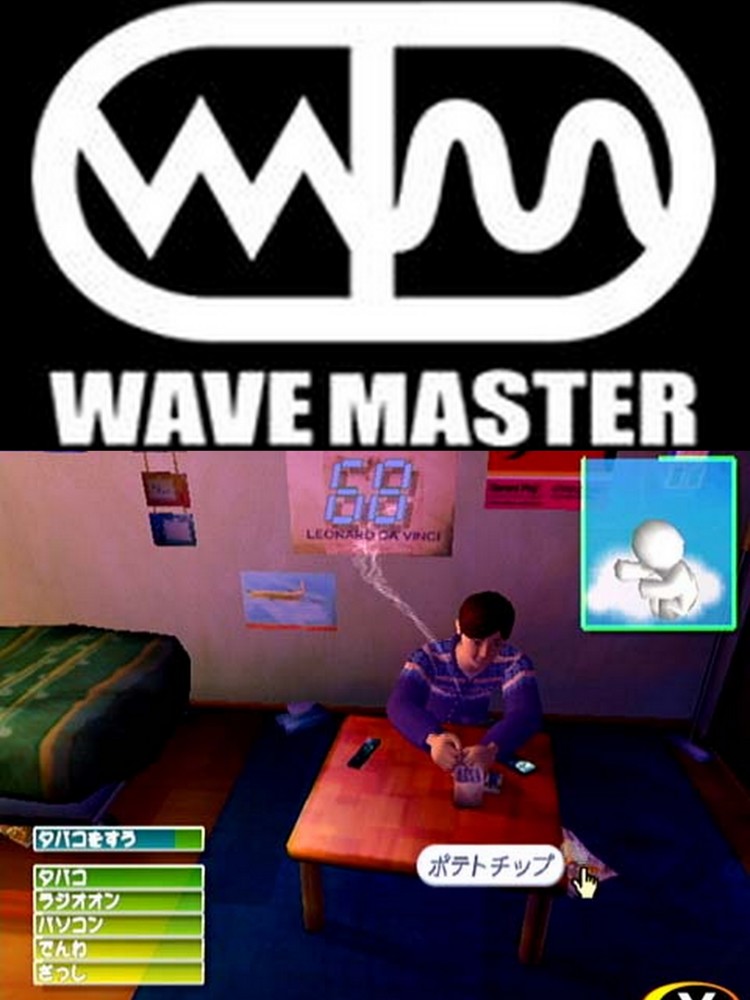
Giving the sound division it’s own branding, and the ability to create it’s own software is something only Sega would do.
R&D10, called Digital Media Unit and then Wave Master, was established from Sega’s legendary musicians. There are simply too many to cover in this article, but we hope to cover them in a future article. Wave Master was headed by Yukifumi Makino, who gained this prestigious position through his work on the very first Sonic the Hedgehog for which he created some of the game’s iconic sound effects. Wave Master employs an incredible amount of 40-50 talented music related people to this day. They even produced three games – two Roommania games, which are quirky life sims, and a remake of the Panic! Sega CD game for PlayStation 2.
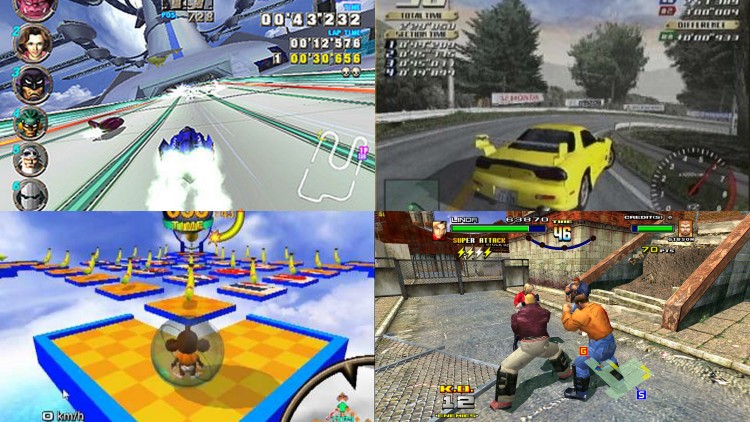
Despite Amusement Vision and Sega Rosso being small, they would launch successfull franchises in the form of Initial D and Monkey Ball. F-Zero GX was also the first partnership with Nintendo.
R&D11 is Toshihiro Nagoshi’s studio which became Amusement Vision. Known for his racing games at AM2, he made the Spikeout beat em’ ups, Monkey Ball and also Planet Harriers at his own division. He would however come back to racing games with the Nintendo collaboration F-Zero GX. However after that game, Nagoshi had another idea for a game after his previous projects were finished, which eventually became Yakuza (which perhaps was born out of Nagoshi’s supervising assistance on Yu Suzuki’s Shenmue). However it wasn’t until R&D6/Smilebit ran out of non-sports games that the Yakuza project properly started.
R&D12 became Sega Rosso, with the Sega Rally franchise serving as the studio’s background prior to formation. Headed by Kenji Sasaki, Sega Rosso mainly developed arcade titles, with Cosmic Smash in particular becoming a cult hit. The division dried up however, with the exception of Initial D Arcade Stage which continued at R&D3/Hitmaker. The single producer at Sega Rosso was Kenji Arai, who joined Sega in 1993. Arai started as a graphic designer on Sega Rally and worked his way up to assistant producer on Sega Rally 2, eventually becoming full fledged producer on NASCAR Arcade, and then being producer on Initial D Arcade Stage. The PS2 Sega Rally game, Sega Rally 2006, which was initially planned for a 2005 release, also began development during this period.
And there you have it, Sega’s twelve studios during the late 90s and early 2000s. With tons of great names behind tons of great games, Sega continued to grow to grow. From 1998-2004, Sega released this many games on the following systems: 1 game on the Model 3 arcade hardware. 44 games on the Naomi hardware (21 JP only). 10 games on Naomi 2 hardware (4 JP only), 6 games on the Hikaru hardware (1 JP only). 9 games (6 JP only) on the Chihiro arcade hardware. 3 games (1 JP only) on the Triforce hardware. 52 internally produced games on Dreamcast, 20 external ones (40 JP only). 28 internally produced games on PS2, 1 external one (21 JP only). 12 internally produced games on GBA, 5 external ones (1 JP only). 14 internally produced games on XBOX, 3 external ones (1 JP only). 18 internally produced games on GameCube, 1 external one (2 JP only). 19 internally produced games on PC (JP only). 2 internally produced games on Nintendo DS. 1 internally produced game on PlayStation Portable (JP only game).
SEGA’S NEXT STEP
Sadly, Sega’s efforts weren’t financially viable, and Sega hit some tough times. Even though the company lost money in the console business since 1995, the arcade would cover overall costs. However from 1998-2002, Sega in it’s entirety was losing money, with the once ever so profitable arcades being unable to cover home console costs despite arcade’s still helping to turn a profit up to 2003. Despite the Sega’s arcade performance, the console business would still lose money and dropping out of the console race woudn’t help immediately. 2001 was also the last year when Japan was the biggest market for home consoles, yet another obstacle set in the path of Sega.
Eventually all this led to further consolidation and mergers of in-house studios in 2003. That year was pretty eventful for Sega. Longtime hardware lead and COO Hideki Sato received the CEO position in 2001 after CSK Chairman Isao Okawa passed away. Isao Okawa’s passing resulted into a pretty disinterested CSK board at Sega, so Sega had to consider other options or mergers. Sato decided to give the President and CEO position to someone else in 2003, after perhaps still not finding a way to turn Sega around. Hitmaker President, Hisao Oguchi, received this position – once the game development manager at Sega, who perhaps managed the biggest group of developers in the 90’s.
Opinions on Oguchi himself and his presidency are scarce, but here is what I could find:
Steven Kent; Game Historian: “I have known Hisao Oguchi for a long time. I first interviewed him in 1995. He’s a smart guy. I think he should be managing a game team and not the company–but that is more of a token of my absolute respect for his old team’s ability to make great games on a reasonable budget.”
Mie Kumagai, Hitmaker President, Successor, former Assistent President: “Hisao Oguchi was named president of Sega itself, they thought I should succeed him here. Mr. Oguchi is a workaholic, it’s in his nature. I think he will bring that spirit of teamwork to Sega and inspire success.”
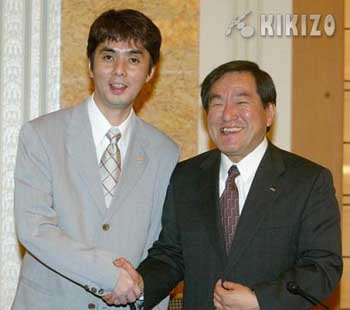
Management getting passed on a new generation – (Hisao Oguchi on the left, Hideki Sato on the right)
Eventually in 2004, with interests a year prior, Sammy invested heavily into Sega with the Sammy Chairman becoming CEO of Sega and the new parent company, Sega Sammy Holdings, was formed. Hajime Satomi did not have kind words to executive senior management at Sega – here are some statements:
“Unfortunately, Sega has been in the red for nearly 10 years. It would tighten things up if the [board] members that had directing position and representative rights took responsibility [for Sega’s downturn],” commented Satomi during Sammy’s fiscal announcements last month. “Oguchi is still young, so he should be able to do more things with new board members.”
So clearly, all hopes to turn Sega around were within the younger executives at Sega. After several of the game software R&D studios ran out of steam, a new structure was needed and several measurements were already made in 2003 to cut costs. But going back to a uniform R&D structure would not happen until 2004. In 2005, they would receive new names. Here is Hajime Satomi’s comment about it.
“I feel that Sega has high individual capabilities, but it’s too separated into different subsidiaries,” commented Satomi on the remerger of Sega’s subsidiaries. “Sega wasn’t able to create an overall corporate strategy or [a sense of] uniformity because of that, which is a major reason behind the company’s stagnation. Oguchi himself has been feeling the same way. It’s about time that we returned back to the old [structure of] Sega.”
The above would cause each individual president of the aforementioned R&D studios to get an even higher position, consolidation was happening all over the Japanese industry at that time. Here is an interesting comment from one of the departing staff, Yuji Naka:
“I’m not sure how it is in the western games industry, but Japanese games development is very small. So as a creator, once you’ve reached a certain point, you take on more of a managerial position and don’t get to make the games any more, and I think that’s why people like Mizuguchi-san and I go independent and set up a new company.”
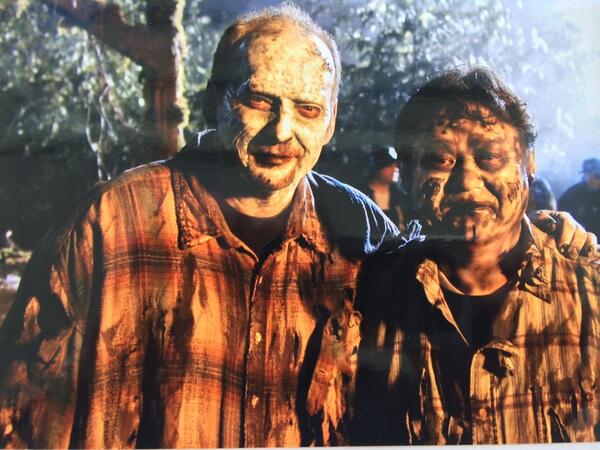 Peter Moore and Rikiya Nakagawa make cameos in the House of the Dead movie
Peter Moore and Rikiya Nakagawa make cameos in the House of the Dead movie
So let’s see what happened to the President & CEO’s of each division. Rikiya Nakagawa from WOW Entertainment and Noriyoshi Ohba from Overworks would leave Sega when their companies were merged. Nakagawa would join Sammy, managing pachinko as Executive Officer, and Ohba would be Chief Creative Officer of Premium Agency, a CGI support company. Nakagawa seemingly had one other job aside from pachinko, which is the game company Paon. There, people from WOW Entertainment would join the company and also develop games. Kenji Sasaki from Sega Rosso would set up Blitster, a company that provides development support.
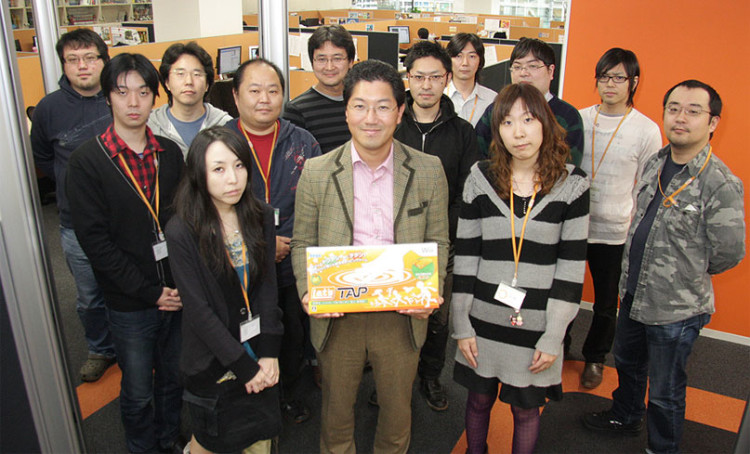
Yuji Naka and his team at Prope during the release of the Sega published Let’s Tap – look at all the smiling faces!
Mineko Okamura would set up Grounding. Perhaps most famously the Sonic Team and United Game Artists heads, Yuji Naka and Tetsuya Mizuguchi, formed their own companies, named Prope and Q? Entertainment respectively. These are perhaps the only clear creative continuations of previous star personalities at Sega.
Lastly, Yu Suzuki received his own little division within Sega, which was called Digital Rex (and then AM+), in order to continue to direct projects like Shenmue. However as we all know, not one project directed by Yu Suzuki came out of it. Even tough all this was happening, you don’t hear much about bad blood about former employees – either seemingly having a friendly attitude, such as Mizuguchi going out to dinner with Hisao Oguchi, or Yuji Naka having his first couple of games still published by Sega. And at Sega end of the transition, the company had released so many titles, and in turn had so many directors and producers, that there was a large and telented workforce ready to succeed departing staff.
Perhaps they all knew what was to come, that Sega’s ambitions were not 100% realistic and that failure was just as much of a possibility as roaring success. Mizuguchi put it in a fairly good way:
Mizuguchi: “In 1990 when I joined Sega, at the time the game industry was really energetic, from arcade to consumer titles. There weren’t many game studios in Japan at that time, but the times have changed. Sega challenged itself with the Dreamcast, and then Sammy merged together with Sega. At that time, I had two choices, basically. One was to adjust with the company, or the company adjusts to me, but the latter was impossible. So I decided to leave Sega. To me, I think this is a very healthy choice, because I get to do my own games now.”
In Part 4, we take a look at Sega’s financial years under Sega Sammy from 2005-2015.
Read the full History of Sega Japan R&D retrospective:
The History of Sega Japan R&D, Part 1: The Origins and the 80s
The History of Sega Japan R&D, Part 2: The 90s Golden Age
The History of Sega Japan R&D, Part 3: Innovative Heights and the End of an Era
The History of Sega Japan R&D, Part 4: The Current Sega


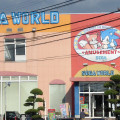
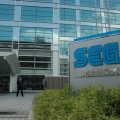

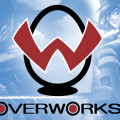
very good article great ones like these are why i come to sega bits
Love these articles.
These articles are great, wish we had more of them, very informative, learn something new every time, even if most of the basics known to some, there’s always something in there. Plus it’s interesting to see others perspective on it. There’s a few bits here and there I never even knew as it wasn’t available at the time or other sources don’t cover it with this level of detail.
Great article, love these games, will love even more, if there’s sequels waiting for announcement